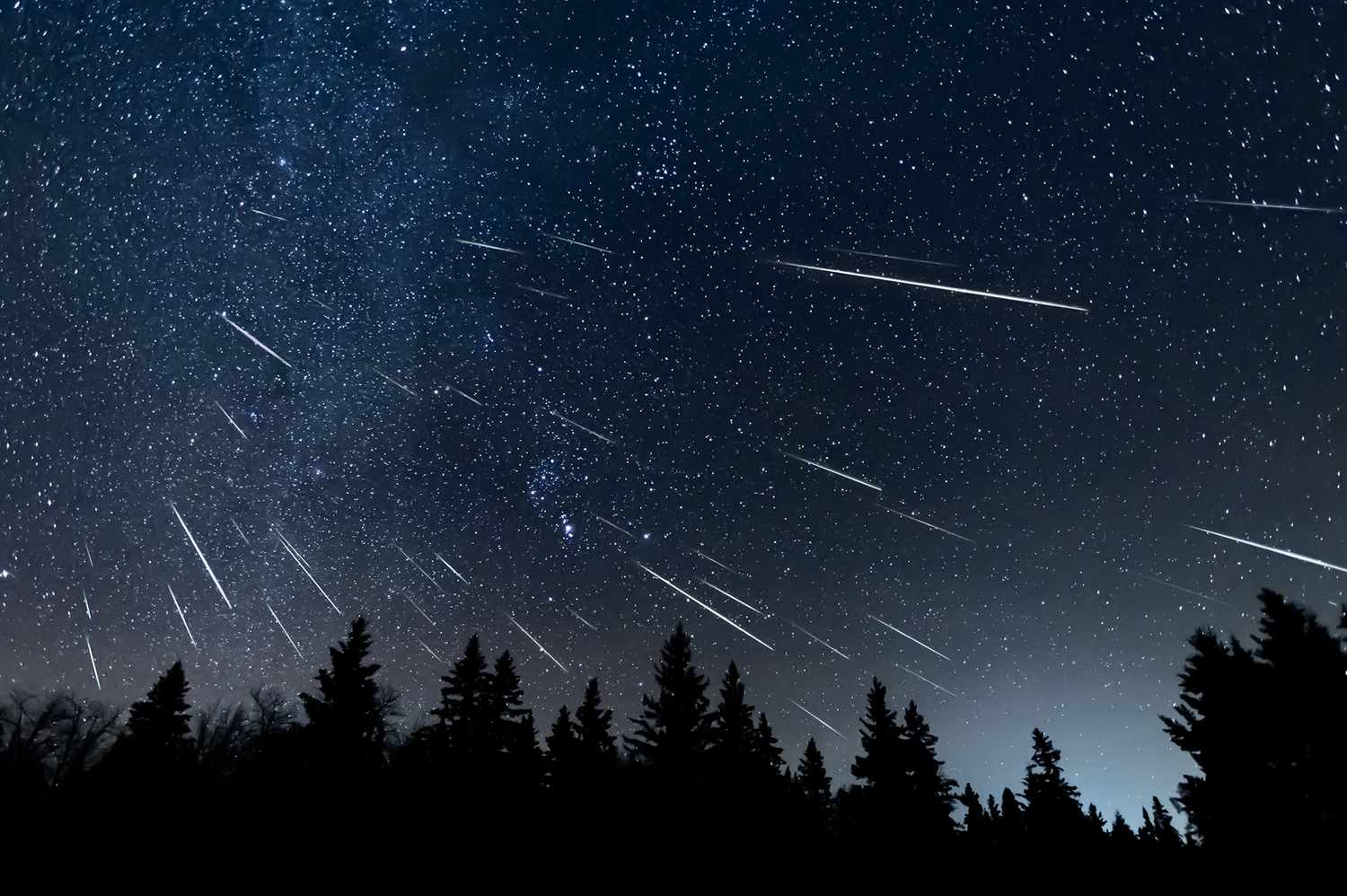Land acknowledgments are a way to pay respect to the Indigenous people who lived on the the land before the arrival of Europeans. A new interactive map allows you to do just that.

The map, probably the most popular and sophisticated of its kind, allows you to enter your address, or any address for that matter, and see which Indigenous nations lived on that particular land. If you search the address of the White House in Washington DC, for example, you’ll see it’s located on land formerly inhabited by the Nacotchtank (Anacostan) people. The map also shows the distribution of native languages and treaties, and links out to multiple websites about Indigenous tribes and nations.
Although the map doesn’t represent the official or legal boundaries of the nations, it nevertheless provides an interesting historical outlook. Besides the browser-based version, iOS and Android mobile apps are also available. You can access the browser-based version here or by clicking the image below.

Click this image to access the interactive map.
The map was created by Native Land Digital, a Canadian not-profit led by Indigenous people. Their goal is to provide information about the history and sacredness of native lands around the world. By doing so, they hope to build stronger links between Indigenous and non-Indigenous people, as well as “right” some of the wrongs of history.
“Native Land Digital creates spaces where non-Indigenous people can be invited and challenged to learn more about the lands they inhabit, the history of those lands, and how to actively be part of a better future going forward together,” their website states.
“What we are mapping is more than just a flat picture. The land itself is sacred, and it is not easy to draw lines that divide it up into chunks that delineate who ‘owns’ different parts of land. In reality, we know that the land is not something to be exploited and ‘owned’, but something to be honoured and treasured. However, because of the complexities of history, the kind of mapping we undertake is an important exercise, insofar as it brings an awareness of the real lived history of Indigenous peoples and nations in a long era of colonialism.”
Native Land Digital acknowledges that their map is a work in progress and far from perfect, but they welcome suggestions from users and continuously update it.








 Photographer Finds Locations Of 1960s Postcards To See How They Look Today, And The Difference Is Unbelievable
Photographer Finds Locations Of 1960s Postcards To See How They Look Today, And The Difference Is Unbelievable  Hij zet 3 IKEA kastjes tegen elkaar aan en maakt dit voor zijn vrouw…Wat een gaaf resultaat!!
Hij zet 3 IKEA kastjes tegen elkaar aan en maakt dit voor zijn vrouw…Wat een gaaf resultaat!!  Scientists Discover 512-Year-Old Shark, Which Would Be The Oldest Living Vertebrate On The Planet
Scientists Discover 512-Year-Old Shark, Which Would Be The Oldest Living Vertebrate On The Planet  Hus til salg er kun 22 kvadratmeter – men vent til du ser det indvendigt
Hus til salg er kun 22 kvadratmeter – men vent til du ser det indvendigt  Superknepet – så blir snuskiga ugnsformen som ny igen!
Superknepet – så blir snuskiga ugnsformen som ny igen!  Meteorite That Recently Fell in Somalia Turns Out to Contain Two Minerals Never Before Seen on Earth
Meteorite That Recently Fell in Somalia Turns Out to Contain Two Minerals Never Before Seen on Earth  Nearly Frozen Waves Captured On Camera By Nantucket Photographer
Nearly Frozen Waves Captured On Camera By Nantucket Photographer  It’s Official: Astronomers Have Discovered another Earth
It’s Official: Astronomers Have Discovered another Earth 